| Your browser is not supported. | ||
|
Please browse our site using any of the following options:
| ||
Cooling Camping: How To Keep Cool When Camping In Summer
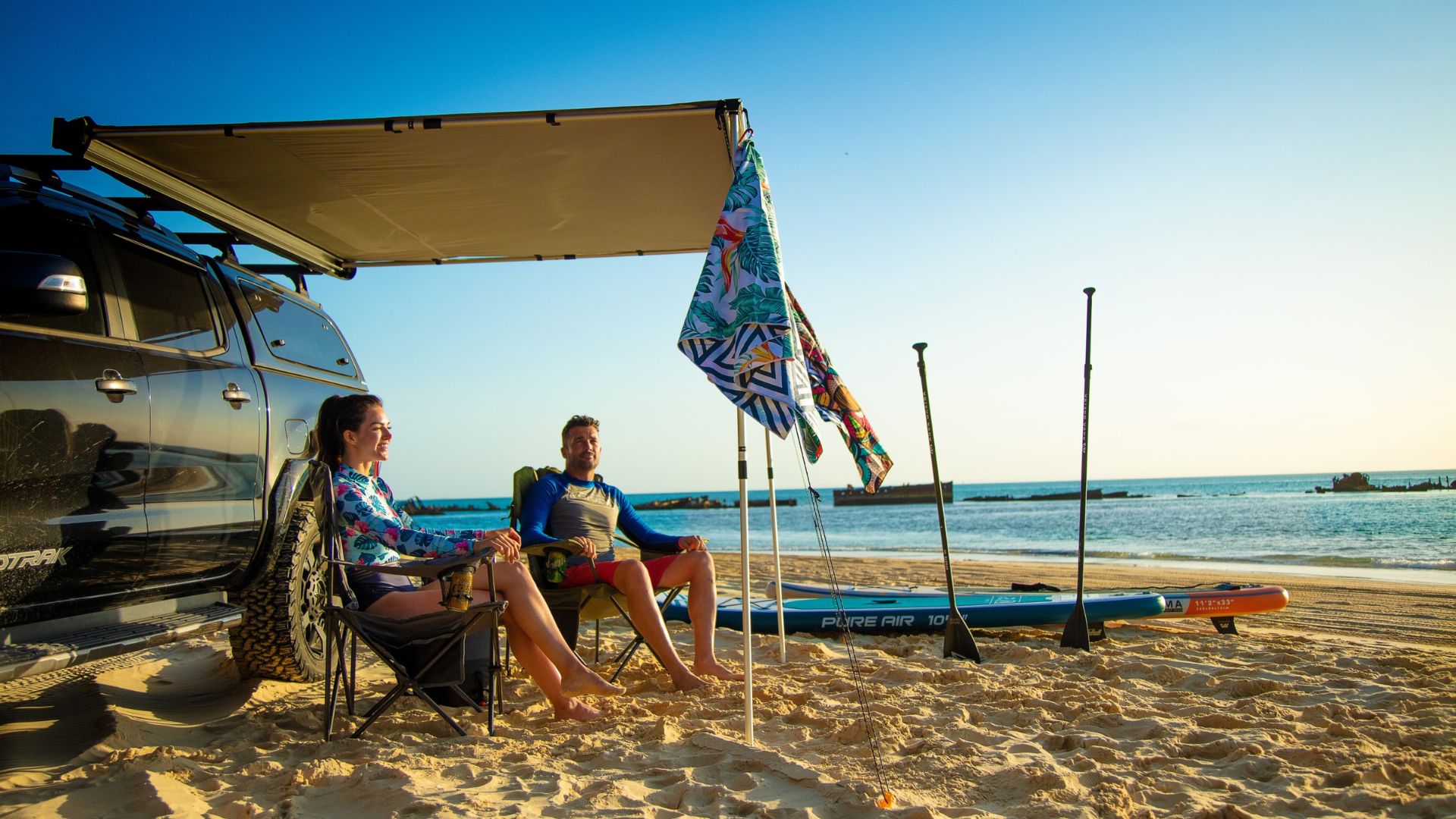
Summer in Australia means two things: hot weather and, for the vast majority of us, holidays. For many families and holidaymakers, the lure of a well-appointed holiday home, villa or cabin is non-negotiable. However, as many die-hard summer campers will tell you, there are a number of ways to stay cool even if you're off the grid. Finding everything you need, or hadn't thought that you needed, to make sure your summer camping holiday is more comfortable, relaxing, memorable and harmonious with nature without breaking the bank is easier than you may think.
Quick Links:
- Tents, Tent Shades & Bedding
- Sleeping Bags
- Gazebos & Shelters
- Portable Fans & Coolers
- Cooling Camping: Best Tips For Keeping Cool When Camping
Tents, Tent Shades & Bedding
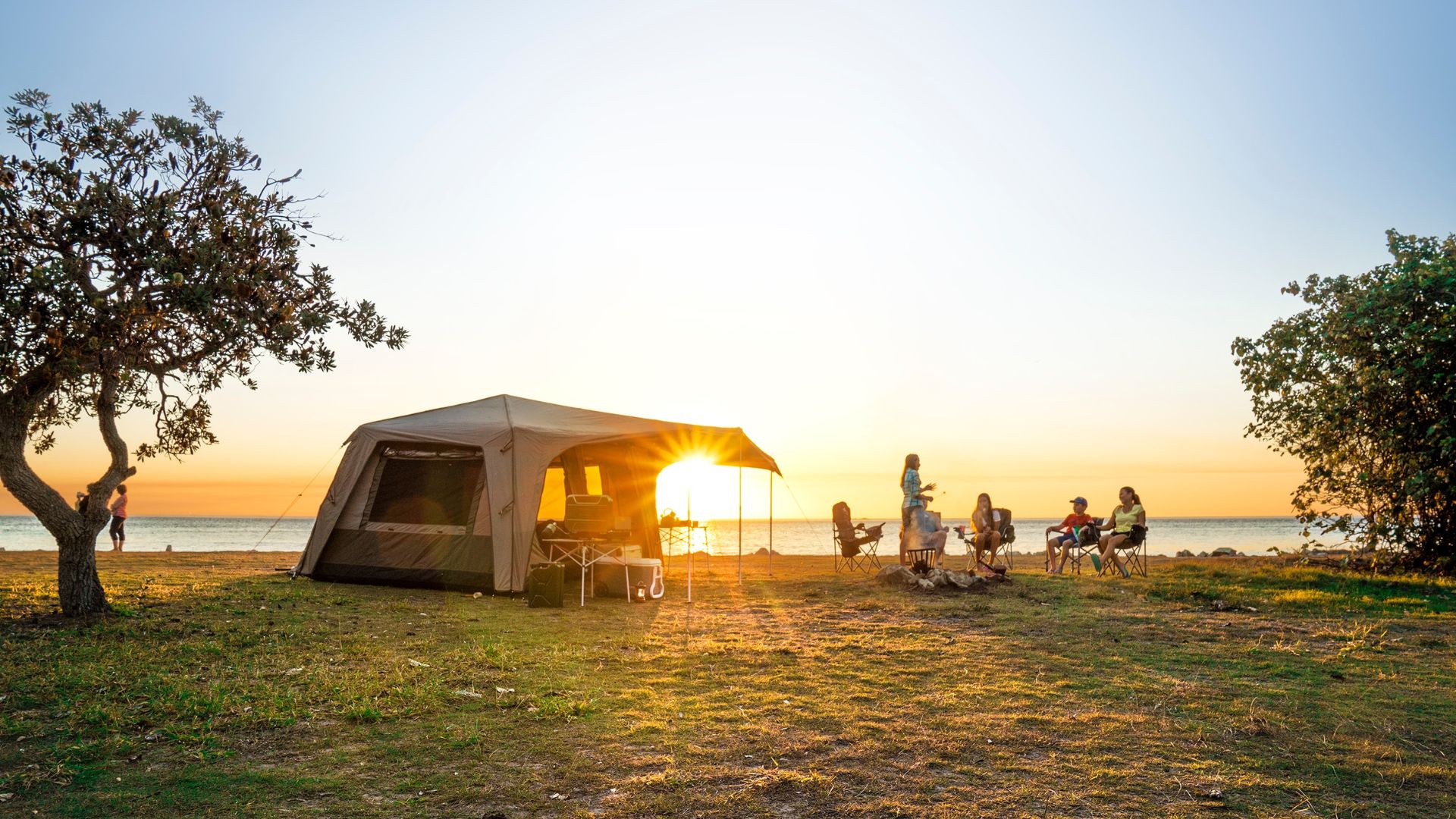
Modern tent design and technology has led to a wide range of exciting features and innovation, including minimising the space a tent takes up in your vehicle, exceptional waterproofing and shading characteristics that protect you from the harsh summer sun far better than ever before. Additionally, gone are the days of complicated and time-consuming construction: smooth and effortless assembly and disassembly are hallmarks of today's tent innovations.
Darkroom tents and Eclipse technology tents use design elements and materials that reduce harsh light. Not only does this help you keep the interior of your tent cooler during the day, but dark room tents also allow for lazy sleep-ins, afternoon naps and sound sleep for the younger campers in your party. As much as everyone has their individual sleeping preference when it comes to camp bedding, stretchers are a great option as they allow air to flow underneath helping to keep you cooler on those hot balmy nights.
Sleeping Bags
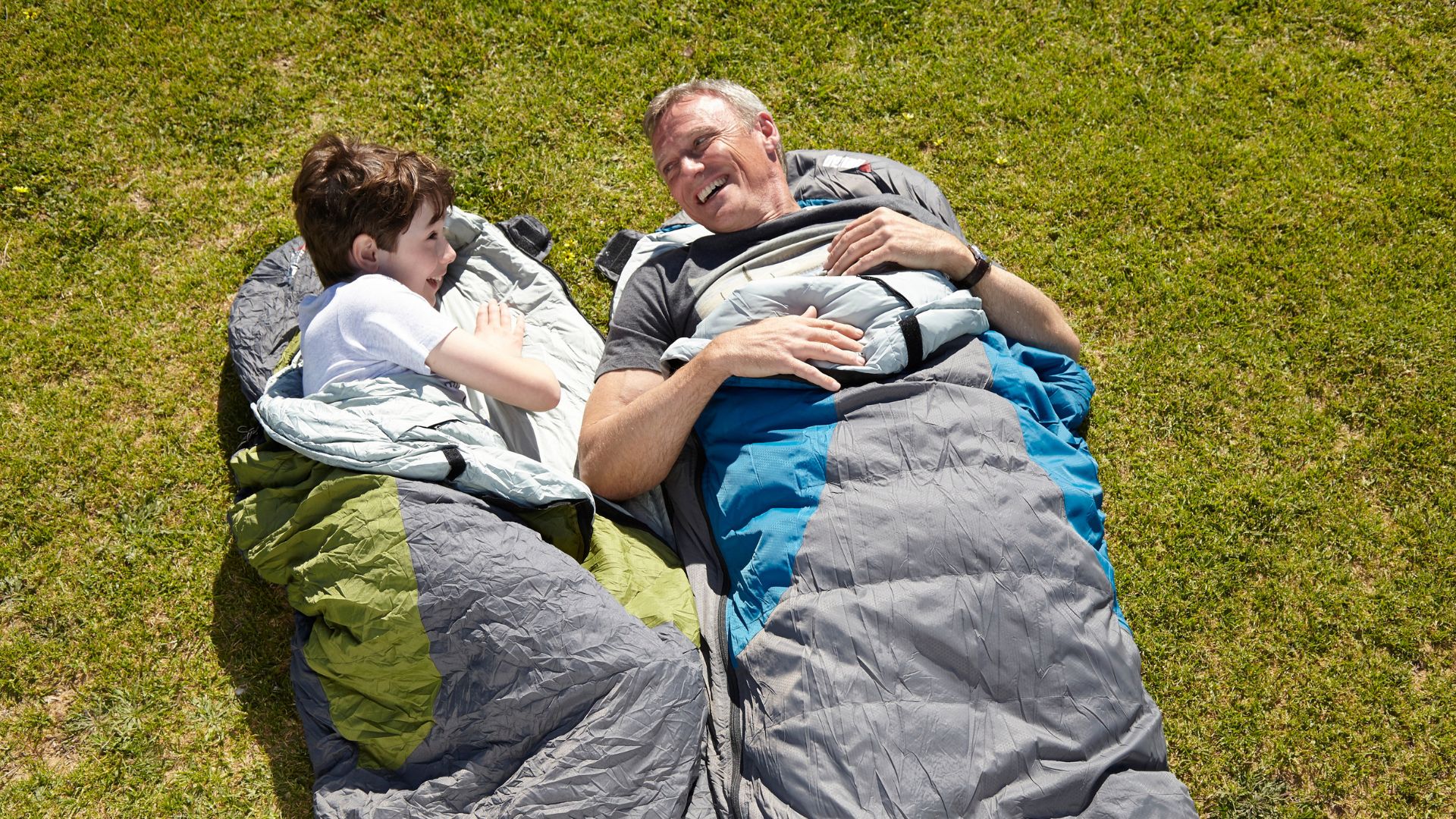
Similar to tents, technology also plays a key role in the design and manufacturing of many of today's sleeping bags. With state-of-the-art materials, many sleep products specifically created for camping keep you warmer and drier in winter and cooler and less sweaty in summer. When choosing a sleeping bag with summer in mind, it's important to make a decision that's right for your circumstances and preferences. Take into consideration how often you'll use your sleeping bag, the weather conditions you're likely to experience, how you're going to be sleeping (i.e. directly on the ground, on a sleeping mat or on a stretcher), and the clothing or layers you wear to bed.
Look for the fill weight and comfort rating on the bag when making your choice. Sleeping bags constructed from synthetic materials are highly versatile. They are most often chosen by people who camp only occasionally, and who need something durable enough to get the job done in both cold and warm conditions. Sleeping bags constructed from duck or goose down are more breathable and tend to last longer than their synthetic counterparts, with down sleeping bags being the warmer, lighter and more compact of the two.
Gazebos & Shelters
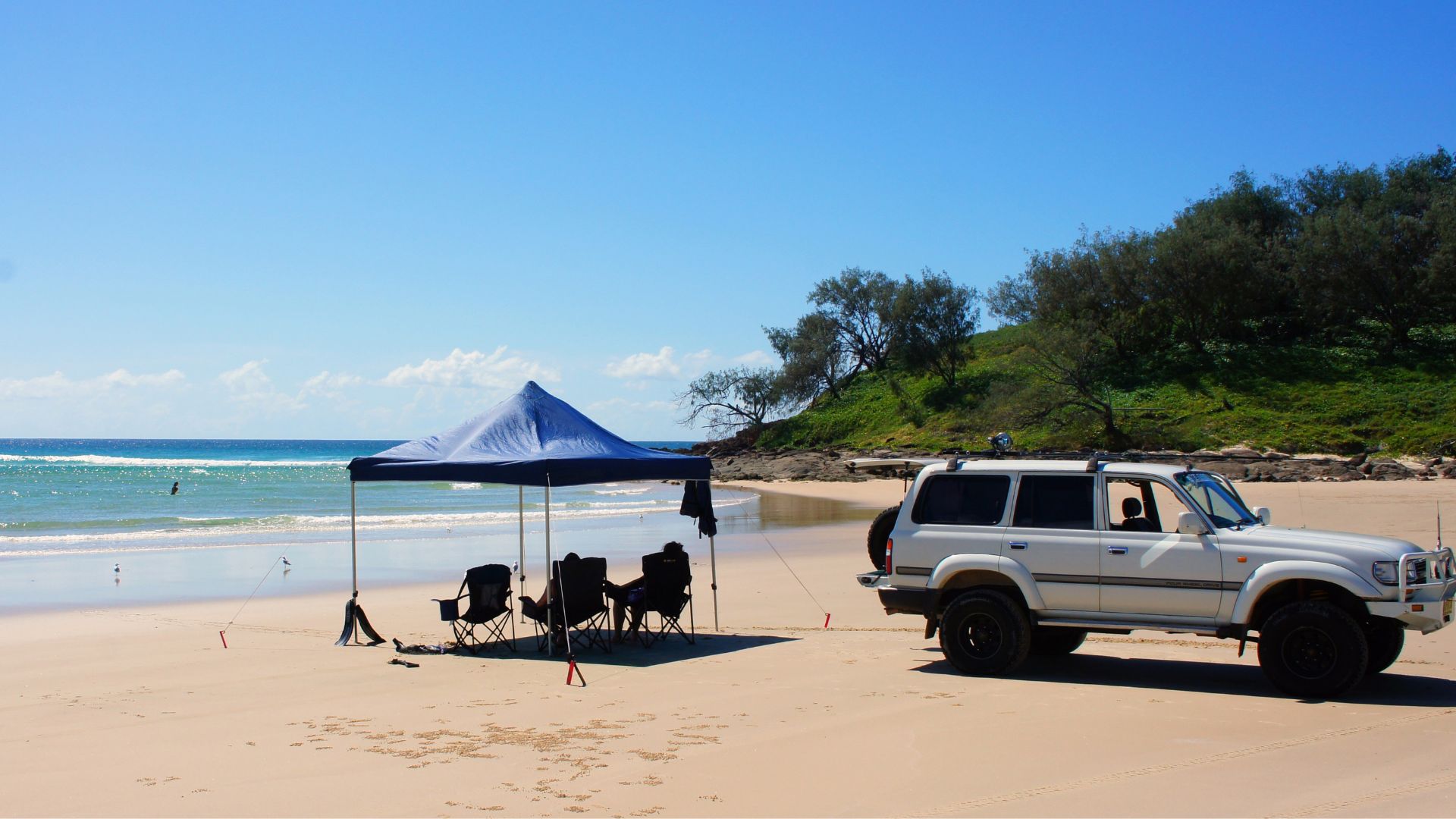
As well as keeping you cool in the heat, gazebos, screens, shades and shelters provide important protection from the elements. They're incredibly versatile, easy to assemble and disassemble, and they fold away neatly when not being put to good use at the beach or campsite. For the 4WD enthusiast, music festival lover or summer campers who enjoy a relaxing day trip, an awning attaches to the roof of most large vehicles and provides you with shade and a feeling of privacy. An awning also folds away neatly when not in use. Awnings and gazebos all come with an Ultra-Violet Protection Factor (UPF) rating so, just like sunscreen, the higher the UPF rating, the greater the protection from our harsh sun.
Portable Fans & Coolers
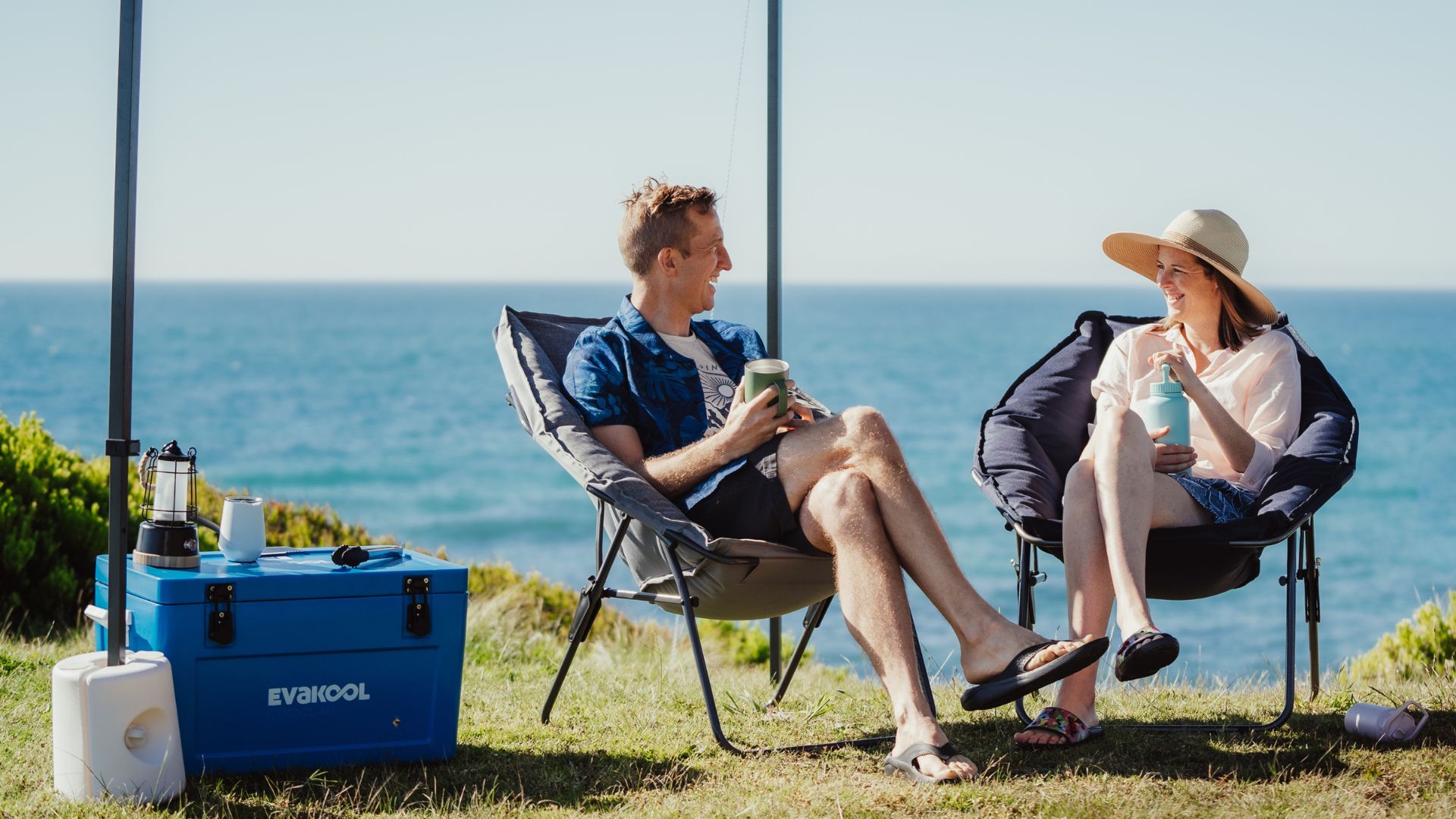
If you think off the beaten track means no cooling options, you're in for a surprise. Rechargeable portable fans give you some much-needed respite on those hot summer days as well as keep your tent cool at night. They take up minimal space with some models even featuring built-in LED lights helping to you navigate the tight confines of your tent. Investing in a reliable and energy-efficient camp fridge or freezer makes for a great value purchase too. As well as keeping your drinks and ice-packs cold, you can store vacuum-sealed meat, poultry and fresh veggies ensuring you, your family and friends get to enjoy tasty and nutritious meals every day of your holiday expedition.
Cooling Camping: Best Tips For Keeping Cool When Camping
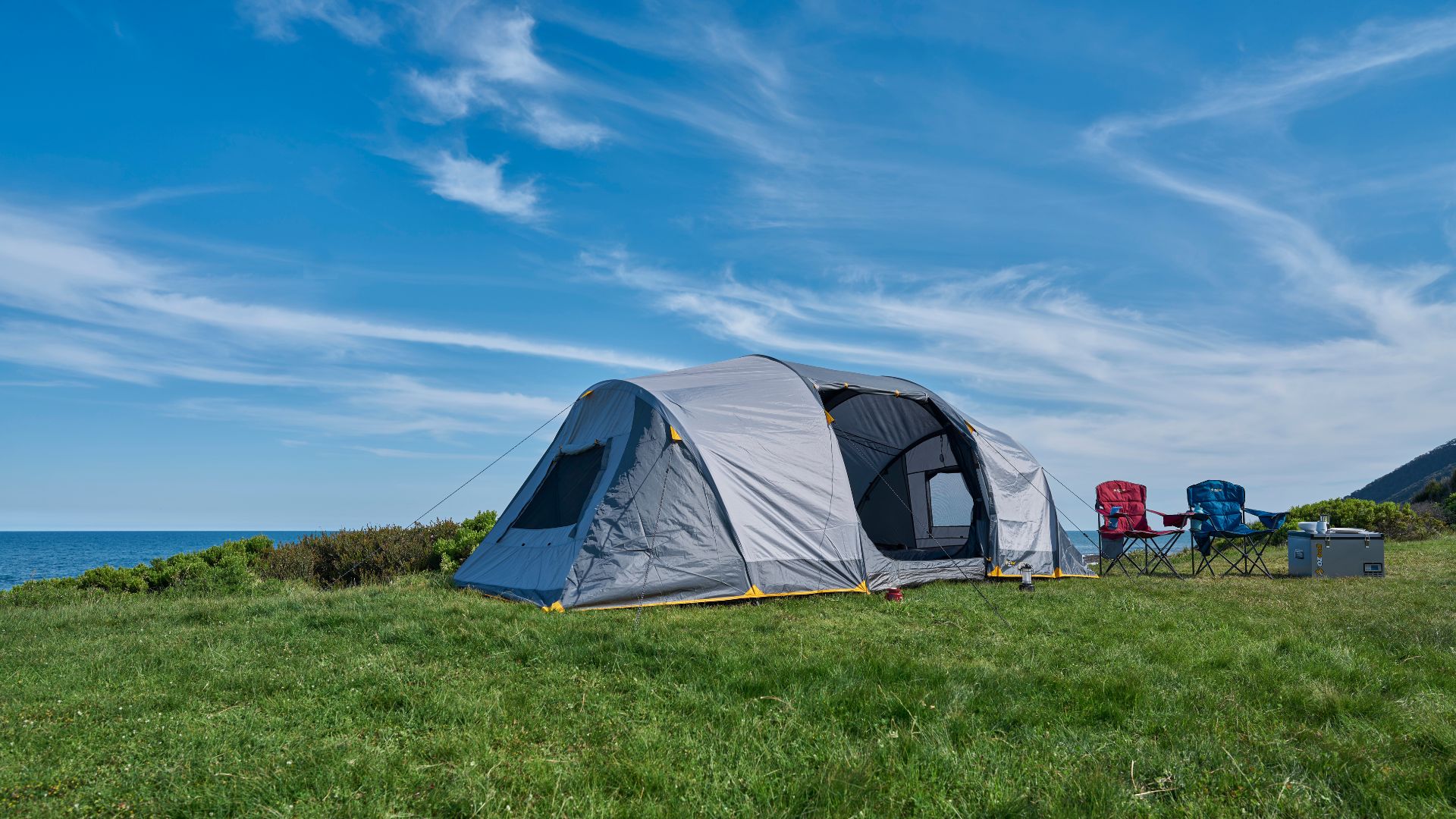
Correctly position your campsite
There is more to setting up a campsite than just stabbing a few pegs into the ground - especially during summer. You will need to consider a few important factors, such as if there is a breeze coming through the area, where it is shady and where it will be shaded in the afternoon. It might be shady in your current spot but it could be in the middle of the sun once 3 pm hits. Ideally you will want to set up your tent under large trees and bushy areas, as this maximises the chance of your tent still being under shade once the afternoon hits, allowing it to cool down.
Swap a sleeping bag for a hammock
Going to bed zipped up in a sleeping bag isn't always the best during the hot summer months. However, there are various alternatives you can try, such as sleeping with a thin sheet/blanket, sleeping on a stretcher or sleeping in a hammock instead. Just make sure you have set up your tent between two large and strong tree trunks and you're ready to go!
Put a tarp over your tent
When it comes to cooling camping in Australia, another great idea to keep things cool during summer is to put a tarp over your tent. This is a cost-effective way to provide an additional layer of sun protection over your tent. If you don't want to hang a tarp over your tent, you can instead put up some awnings.
Take down your tent during the day
This step can be time-consuming but it goes a long way to staying cool when camping during summer. When your tent is set up during the day in hotter months, it absorbs the harsh UV and can turn your tent into a sauna. If you don't have any tarps or awnings spare, then the next best thing is to dismantle your tent in the morning and set it back up again in the afternoon. It's a few extra steps, sure, but it's totally worth it.
Wear light-coloured clothing
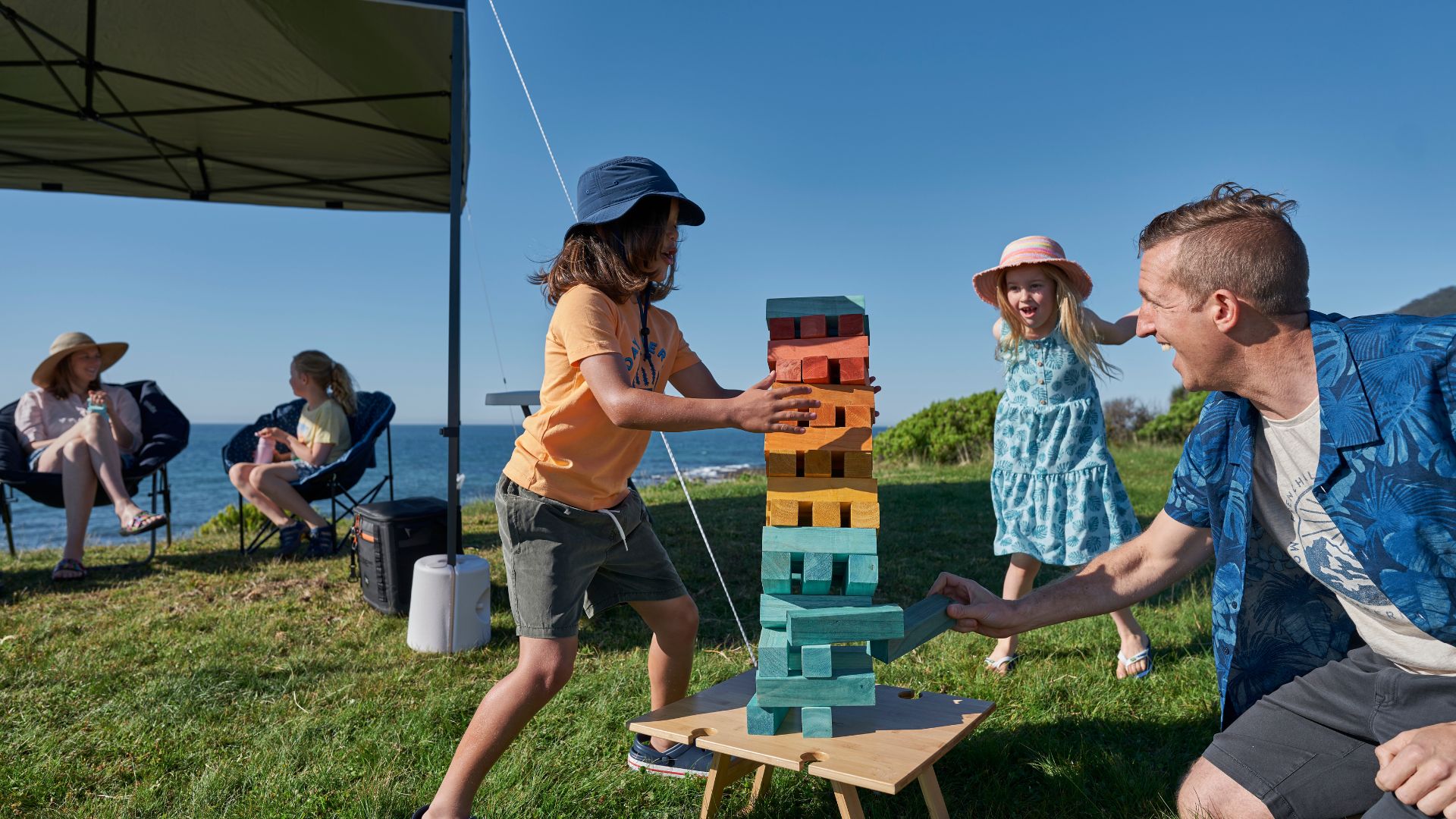
Another camp cooling tip is to only pack and wear light-coloured clothing. This is because dark-coloured clothing will absorb the solar radiation from the UV rays whereas light-coloured clothing will reflect it instead. You should also combine this with light and breathable fabrics such as cotton, polyester, nylon and merino wool.
Bring along frozen water
You will need a high-quality camping freezer for this next tip, but making sure you always have plenty of frozen water is another great hack to staying cool when camping in summer. They are great for enjoying a refreshingly cool drink once they have melted and also double up as a cooling system if you don't happen to have a portable fan or air conditioning in your tent. Just pop a couple into the bottom of your sleeping bag wrapped in a tea towel or small towel!
Don't set up the rainfly
The rainfly on your tent may be designed to prevent airborne H20 from getting inside your tent - but it is also preventing heat from inside the tent from escaping outside. Unless you don't want your tent to turn into a sauna when it is time for bed, it's a good idea to take off the rainfly when it's not raining during the hotter months. Without it, the inside of your tent will be less humid, less prone to condensation, and most importantly, less hot!
Camp near water
Apart from the obvious benefit of being able to take a dip in the water to cool, there are other benefits of setting up camp near the water during summer to keep cool. For starters, the ambient temperature of areas near bodies of water such as lakes, rivers, beaches and creeks are lower than in other water-free locations. Another great benefit is that the wind coming into camp from bodies of water like the ocean will be cooler.
Use a reflective sunshade
Just like the science explained in wearing light-coloured clothing, putting up a reflective surface over your tent like a reflective thermal survival blanket will help to repeal the solar radiation from penetrating inside your tent and heating it up. This technique works best when hung above the tent by about 30cms, as this will allow for adequate airflow between the tent and the blanket.
Before You Head Off
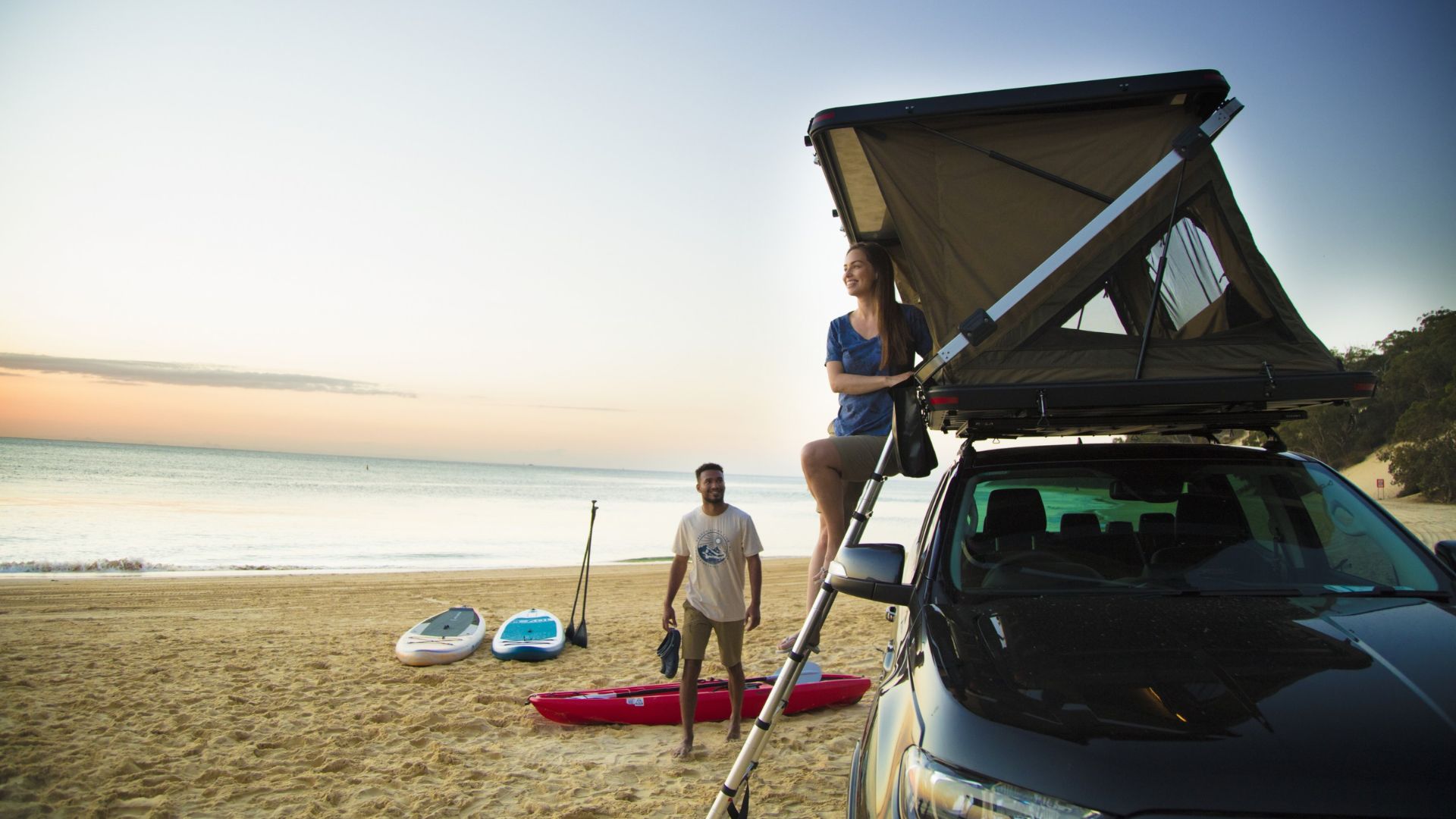
All of Australia's states and territories have governing bodies that manage parks and recreational camping facilities. These bodies are an excellent resource for understanding the rules, regulations and costs associated with many of Australia's most popular sites and camping grounds. Most state motoring organisations (NRMA, RACV, etc.) are also valuable for when it comes to choosing the destination or camping location that's right for you and your family. So, don't hesitate to jump online and do a little research before you take off on your trip. Perhaps best of all, though, is the advice you'll get from your local Anaconda store. Our team of outdoor experts is always on hand for recommendations, tips and inspiration for your next summer camping adventure so keeping cool isn't just a matter of jumping in the water.
For more camping tips, tricks and exciting destinations, make sure you check out our Adventure Centre. And no matter what weather you are camping in, make sure you have all your camping needs sorted by exploring our entire camping range today.